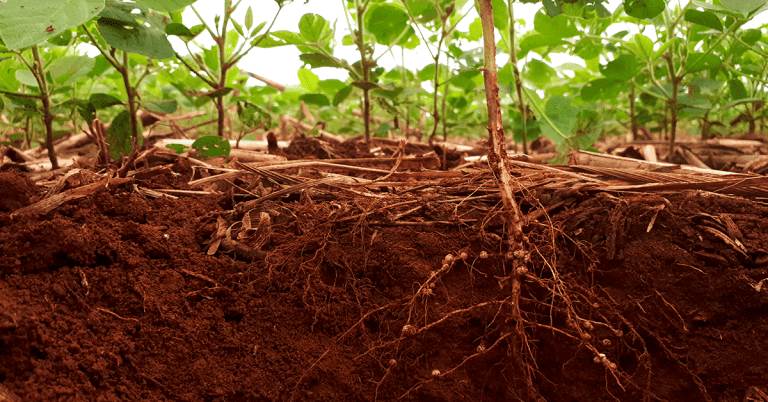Climate change has become the most critical global challenge of our time, and we need to take necessary measures to minimize its impact. Although various measures have been proposed and implemented, one of the most promising ones is Enhanced Rock Weathering (ERW). ERW is a natural weathering process that involves the extraction of carbon dioxide from the atmosphere by crushing and spreading reactive rock material on land. ERW has become a popular topic of discussion in recent years due to its potential to mitigate climate change and improve soil fertility. Learn more about ERW, its applications, and its role in mitigating climate change and improving soil fertility.
How Enhanced Rock Weathering (ERW) works?
Climate change has been a major challenge in recent times, with increasing global temperatures posing a threat to our planet.
While carbon capture and storage (CCS) methods have been developed to mitigate the impact of greenhouse gas emissions, Enhanced Rock Weathering (ERW) is a lesser-known process that has the potential to greatly reduce atmospheric CO2 levels.
ERW involves natural weathering processes that involve spreading crushed silicate rocks such as basalt and glauconite onto the earth’s surface.
The silicate minerals in these rocks react with carbon dioxide in the atmosphere, converting it to bicarbonate, which gets transported to the ocean. The process mimics natural weathering but is much faster because it’s accelerated by crushing the rock material.
The bicarbonate in the ocean becomes a nutrient for phytoplankton, responsible for photosynthesis, by making seawater less acidic.
Scientists have been researching ERW for the past decade, and according to a study published in the journal Nature, this technique can help mitigate climate change by drawing down significant amounts of CO2 from the atmosphere.
ERW has the potential to store carbon in the soil for up to hundreds of years, making it an effective method to reduce atmospheric CO2 levels and lower the intensity of climate change. Another beneficial effect is the enhancing soil fertility.
Applications of ERW technology and how it can help solve problems
The process of ERW can help mitigate the effects of climate change and enhance soil fertility. The carbon dioxide removal from the atmosphere alone is highly significant, potentially reducing it by 10-20%.
Also, ERW can help improve soil quality by making it more fertile, increasing crop yield, and enhancing soil water retention, making it less susceptible to desertification, soil erosion, and drought.
By spreading finely ground rocks and minerals on fields, ERW can help neutralize soil acidity, which in turn helps to boost crop yields. This method can improve soil quality without the use of synthetic fertilizers, which are known to have detrimental effects on the environment.
The process can also reduce the presence of toxins in the soil, leading to cleaner air and water. The benefits of ERW are not limited to agriculture, but it can also improve coastal productivity by enhancing the ocean’s pH levels.
Moreover, ERW can help mitigate the impacts of ocean acidification, which is a result of increased CO2 levels in the atmosphere. By increasing the alkalinity of seawater, ERW can help to counterbalance the negative effects of CO2 on marine life.
The role of ERW in mitigating climate change
Additionally, ERW can reduce greenhouse gas emissions by capturing atmospheric CO2, which is then stored in the soil.
This means ERW could play an essential role in mitigating climate change by extracting carbon dioxide from the atmosphere and storing it in the soil. While it won’t solve climate change on its own, it can reduce the carbon footprint significantly.
ERW also works faster than traditional carbon capture methods, which require large and expensive plants, making it a more cost-effective and efficient method.
According to a recent study, if we use a small fraction of land worldwide for ERW, we could remove carbon dioxide from the atmosphere to such an extent that it would be equivalent to current global fossil fuel emissions.
Thus, this is a promising solution that needs more attention and development, in order to help improve its benefits to climate and agriculture.
Enhanced Rock Weathering is a promising technology and solution that warrants attention
In conclusion, Enhanced Rock Weathering is a promising technology that has the potential to greatly reduce atmospheric CO2 levels, increase soil fertility, and mitigate the impacts of climate change. While the cost of scaling up this process is still a challenge, the benefits of ERW are clear.
With further research, development, and investment, ERW could become a key tool in our efforts to combat climate change. With the increasing pace of climate change, we need all the tools available to combat it and Enhanced Rock Weathering is a promising solution that warrants our attention and investment.

